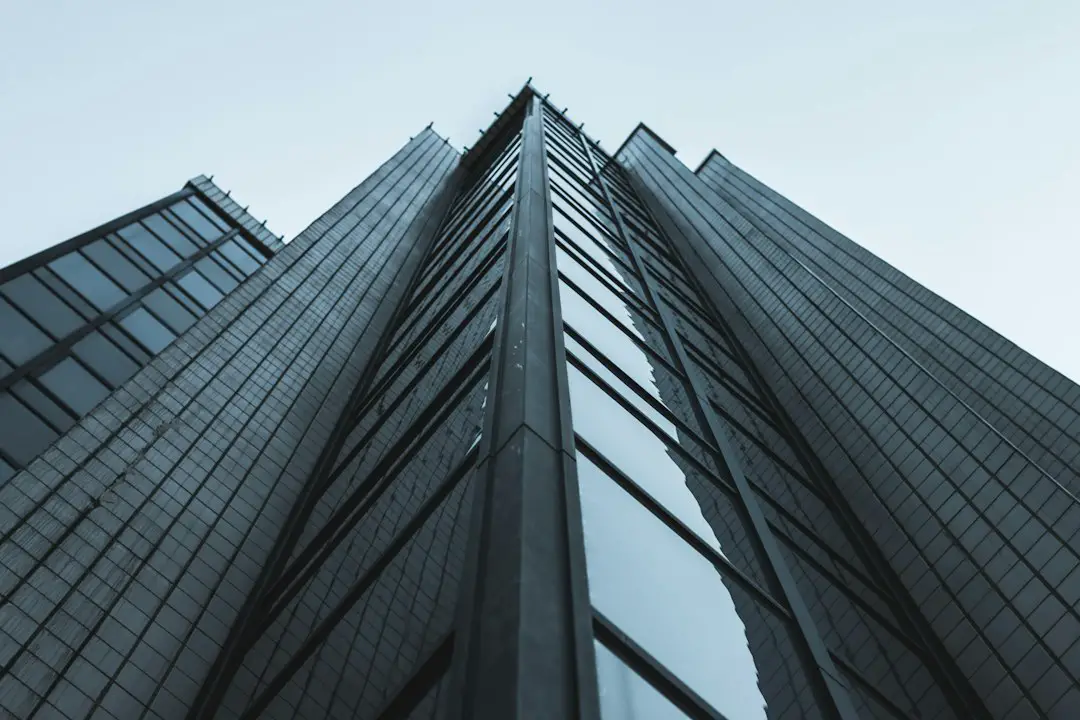
Nestled on the banks of the Brunei River, Bandar Seri Begawan isn’t just the capital of Brunei; it’s a canvas showcasing centuries of architectural evolution. As you wander through its streets, you’re taken on a journey from stilted water villages to majestic mosques, each structure telling its own story of cultural fusion and royal legacy.
The Roots of Tradition: Water Village Beginnings
Let’s dive into the heart of Brunei’s architectural heritage. The Kampong Ayer, or water village, is a historical gem that’s been around for over a millennium. Imagine a community entirely on stilts, thriving above the river’s surface. It’s a testament to the ingenuity of early Bruneians, adapting to their aquatic environment with grace.
These traditional homes, connected by an intricate network of wooden walkways, have withstood the test of time. They’ve evolved, of course, incorporating modern amenities while retaining their rustic charm. It’s a delicate balance, but one that Kampong Ayer strikes with ease.
Colonial Influences and Modern Flares
As we moved into the 20th century, Brunei saw an influx of British colonial influence. This period introduced new architectural styles, blending local designs with Western aesthetics. The result? A unique architectural dialect that speaks volumes about Brunei’s history.
Fast forward to the present, and you’ll notice a shift towards modernity. Sleek office buildings and luxury residences dot the skyline. Yet, they’re designed with a nod to Bruneian culture, incorporating Islamic motifs and tropical materials. It’s a fusion that’s both refreshing and respectful of its roots.
The Jewel in the Crown: Sultan Omar Ali Saifuddien Mosque
Now, let’s talk about a true icon of Bandar Seri Begawan’s architecture—the Sultan Omar Ali Saifuddien Mosque. Completed in 1958, it’s a marvel that seamlessly blends classical Islamic design with contemporary elements. Its main dome, covered in pure gold, is a sight to behold, especially when it catches the sunset’s glow.
Surrounded by an artificial lagoon, the mosque appears to float like a divine vessel. It’s not just a place of worship; it’s a symbol of Brunei’s Islamic faith and royal heritage. The mosque’s grandeur is a clear statement of the nation’s identity and architectural ambition.
Green Architecture: Embracing Sustainability
In recent years, there’s been a growing emphasis on sustainability. Brunei, rich in natural beauty, is no stranger to this global trend. New constructions are increasingly eco-friendly, with green technologies and energy-efficient designs taking center stage.
From solar panels to rainwater harvesting systems, Brunei’s buildings are getting a green makeover. It’s a move that not only preserves the environment but also sets a standard for future developments. The country’s commitment to sustainability is shaping its architectural landscape in exciting ways.
FAQs
- What is the significance of Kampong Ayer in Brunei’s architectural history?
Kampong Ayer is a living museum of Brunei’s traditional architecture. It showcases the adaptability and resilience of early Bruneians, who built an entire community on water. Its significance lies in its continuity; it’s a cultural heritage that’s still vibrant today.
- How has British colonialism influenced Brunei’s architecture?
British colonialism introduced Western architectural concepts to Brunei. This influence is evident in various colonial-era buildings that blend European styles with local design elements. It’s a chapter in Brunei’s architectural story that reflects its historical ties with Britain.
- Are there any eco-friendly architectural landmarks in Bandar Seri Begawan?
While specific eco-friendly landmarks are still emerging, the trend towards sustainable architecture is evident in new constructions. These include government buildings and commercial spaces that prioritize green technologies and sustainable practices.
Conclusion
In conclusion, Bandar Seri Begawan’s architecture is a rich tapestry woven from the threads of history, culture, and innovation. From the stilted houses of Kampong Ayer to the golden domes of the Sultan Omar Ali Saifuddien Mosque, each structure tells a story of Brunei’s past and present.
The city’s skyline is a blend of tradition and modernity, where sustainability is becoming as important as aesthetic beauty. It’s a place where you can witness the evolution of architecture, reflecting the nation’s identity and aspirations. Bandar Seri Begawan’s architecture is not just about buildings; it’s about the soul of Brunei, ever-evolving yet deeply rooted in its heritage.
For those seeking to understand the essence of this serene capital, look no further than its architecture—it’s a narrative etched in stone, wood, and glass, waiting to be explored. So, whether you’re an investor, a homeowner, or simply a curious traveler, Bandar Seri Begawan’s architectural landscape is a treasure trove of insights and inspiration.